We can all agree that plastic pollution is one of humanity’s most pressing environmental issues. And while tackling the climate crisis will take many forms of action, there’s no doubt that removing single-use plastic from the world must be a priority. So what better place to start than the greatest offender in that category? Arguably the biggest plastic polluter and worst waste maker on Earth is the plastic water bottle!
Naturally, I jumped at the chance to collaborate on this campaign with my friend and fellow Earth advocate Lindsay Christinee. Lindsay is editor of the awesome eco-mag The Wellness Feed and a kick-arse activist based in Philly.
We believe the easiest way to remove plastic water bottles from our communities is to install public water refill stations in every town across America and around the world. This may sound like a big dream but it is already happening globally and even here in the U.S. For example, San Francisco International Airport (SFO) banned the sale of plastic water bottles in all of its concessions beginning in August 2019. Instead, they installed 40 touch-free, sensor-operated water bottle refill stations to provide access to San Francisco’s free high-quality tap water. In fact, a growing number of airports and resorts across America have added water refill stations for travellers. We see no reason why water refill stations cannot be installed by local councils across every borough.
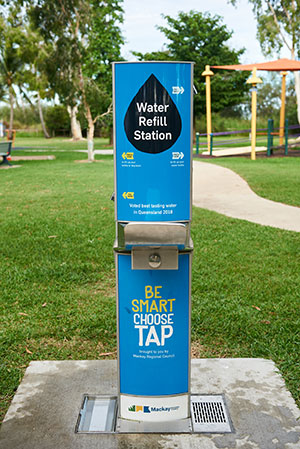
With your help, we’ll ask our local councils to allocate funds to install at least one water refill station in the town centre. Sounds expensive, doesn’t it? Nope, that’s another misconception we want to smash. The Philadelphia Water Department says the cost of buying, installing and maintaining a water refill station over its lifetime is $5,700 – $9,500. Compare that to the math done by Harvard Engineering and Utilities and Poland Springs –
- Bottled water is about 3,000% more expensive per gallon than tap water.
- Tap water: $0.02 per gallon
- Bottled water: $0.64 per gallon
Safe and free drinking water is obviously a great investment for any community so naturally, we won’t stop at one. That’s just the beginning…
Click here to join our petition for clean and free public water refill stations.
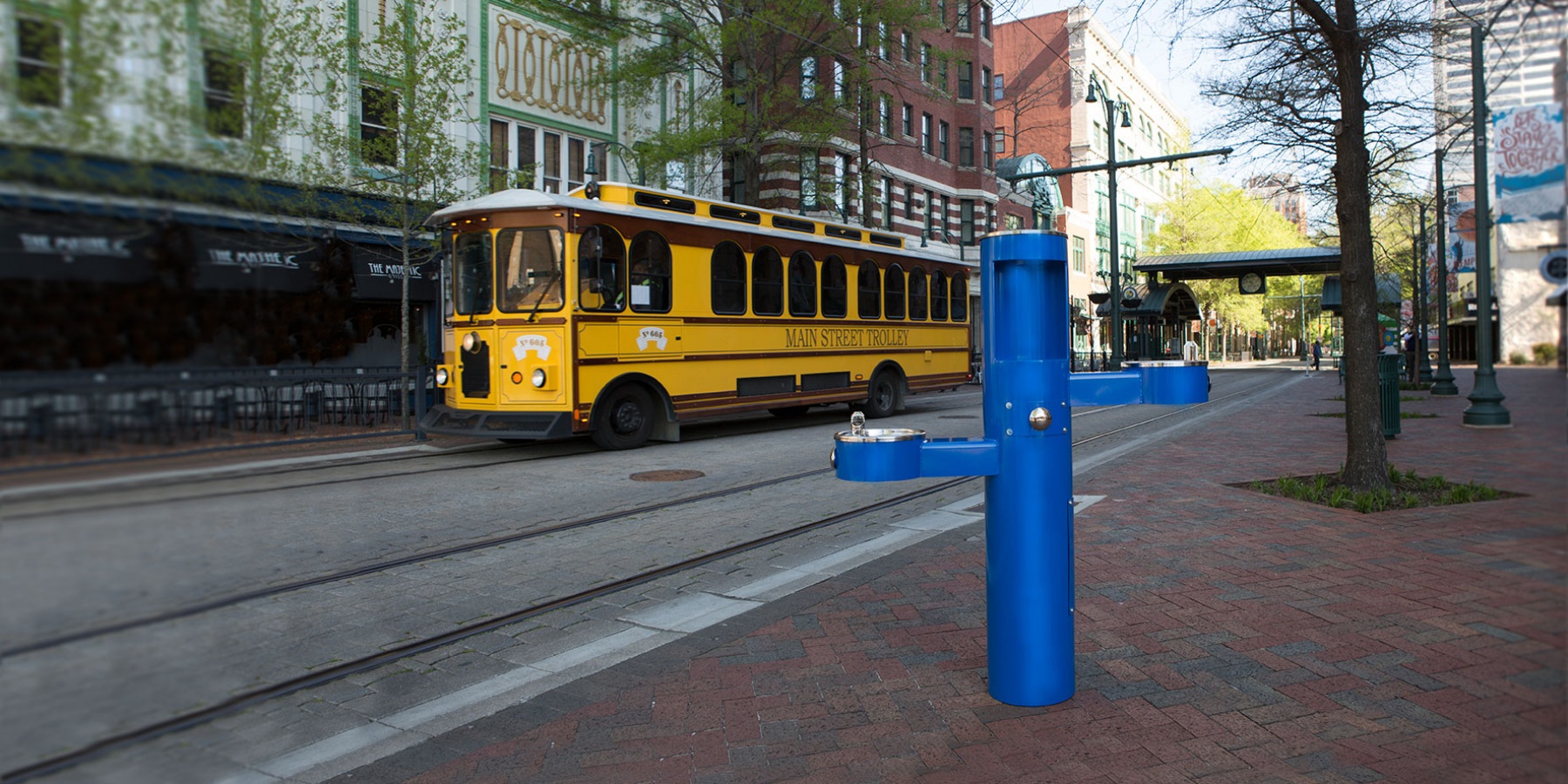
THE LIFECYCLE OF A PLASTIC BOTTLE
It’s crazy to think that a plastic bottle can do so much harm. After all, when we buy bottled water we just need a drink. Staying hydrated is healthy so where’s the harm in that? Well, quite a lot as it happens. Let’s dissect the lifecycle of a plastic water bottle – The damage it causes to people, animals, plants, marine life and the entire planet starts well before that empty bottle is discarded.
- TAKE – Extraction of fossil fuels turned to petrochemicals are used to make plastic.
185 billion dollars have been invested by the petrochemical industry to build 325 new refineries in the U.S. This will create 35% more plastic by 2025. The extraction process generates air and water pollution and harms local communities which are overwhelmingly people of colour. Transporting fuels from the mine or well causes air pollution and can lead to serious accidents and spills that affect workers and the environment. Furthermore, both extraction and transportation of fossil fuels harm the surrounding Indigenous people, animals and land.
- MAKE – Producing plastic water bottles creates toxic waste run-off into waterways and poisonous smoke that causes serious health issues in nearby communities. Again, unsurprisingly these are mostly low-income communities of people of colour.
Asthma, lung cancer, brain and organ damage, vomiting, diarrhoea and cardiovascular diseases. There are more than 100 carcinogenic chemicals including sulfur oxides, nitrous oxides, methanol, ethylene oxide, benzene, toluene, xylene and volatile organic compounds. Note that manufacturing PET for plastic bottles generates more toxic emissions than manufacturing glass. Producing a 16 oz. PET bottle generates more than 100 times the toxic emissions to air and water than making the same size bottle out of glass. Plus the people who work in these factories are at high risk from industrial explosions, chemical fires, chemical spills, and clouds of toxic vapour.
- USE – People who only drink water from a plastic bottle consume nearly 90,000 additional microplastics every year (study by Environmental Science & Technology)
Research suggests this can trigger an immune reaction, release toxic substances and pollutants into the body and have a serious impact on health that is yet unclear. Think bottled water is cleaner than tap? Well, the fact is that 64% of bottled water sold in the US comes from municipal supplies.
- DISPOSE – Despite our best intentions to recycle, discarded plastic water bottles are more likely to end up in our oceans than made into a park bench or another plastic bottle.
Only 9% of single-use plastic is recycled in the U.S. According to the Container Recycling Institute, 86% of plastic water bottles used in the U.S become garbage or litter. And from there, things only get worse. Plastic water bottles break down in the ocean to become microplastics ingested by marine life. These microplastics move up the food chain to us via the fish we eat. Other plastic water bottles will be incinerated, releasing toxic gases like dioxins, furans, mercury and polychlorinated biphenyls into the atmosphere. This poses an obvious threat to vegetation, human and animal health. Burning plastic also releases black carbon, which contributes to climate change and air pollution of surrounding communities. Often the littered bottles will end up in a stormwater drain that can lead to rivers, forest or other wildlife habitats.
“For decades, soda giants have been passing the responsibility of plastic waste back onto their customers. So now we’ve decided to eliminate the problem altogether and remove their product from the market. Installing convenient, public water refill stations will end the need for plastic bottled water. And if we don’t need it, it shouldn’t be here. Why are we making this product for greedy, self-serving petrochemical companies and soda giants to dictate how we access clean drinking water?” ~Michelle
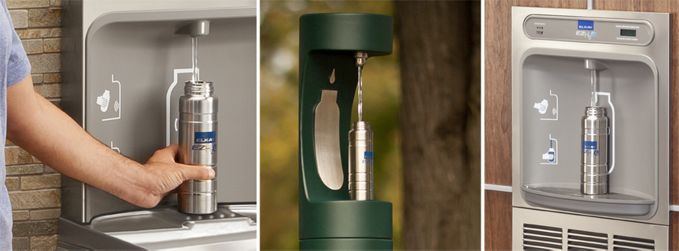
WHAT ELSE CAN WE DO?
There is a lot we can do in our everyday lives, like using refillable bottles. Vote for your local representatives who pledge to phase out single-use plastic. Sign and share petitions like ours or use our template to start one for your town. Be vocal about this, talk to your friends and explain the urgency of why we must stop buying water in plastic bottles.
But be kind and remember, ordinary citizens are not responsible for this mess. The fossil fuel industry and Soda giants continue churning out throwaway plastic while tamping down the climate emergency with greenwashing campaigns like Every Bottle Back. They spend millions on slick and sexy advertising campaigns pushing us to buy their bottled water in plastic. They’re making billions of dollars in profits and they’re to blame, not us. For more information on the root cause of the plastic crisis watch the documentary The Story of Plastic.
What is Single-Use Plastic? article by NRDC
Read this article Plastic Pollution Delaware River
Read this report Plastic Pollution Hudson River
Centre for Biological Diversity article on the fracking fueled plastic boom
Donate and subscribe to these organizations doing important work – WaterAid, The Water Project, Beyond Plastics, Break Free from Plastic

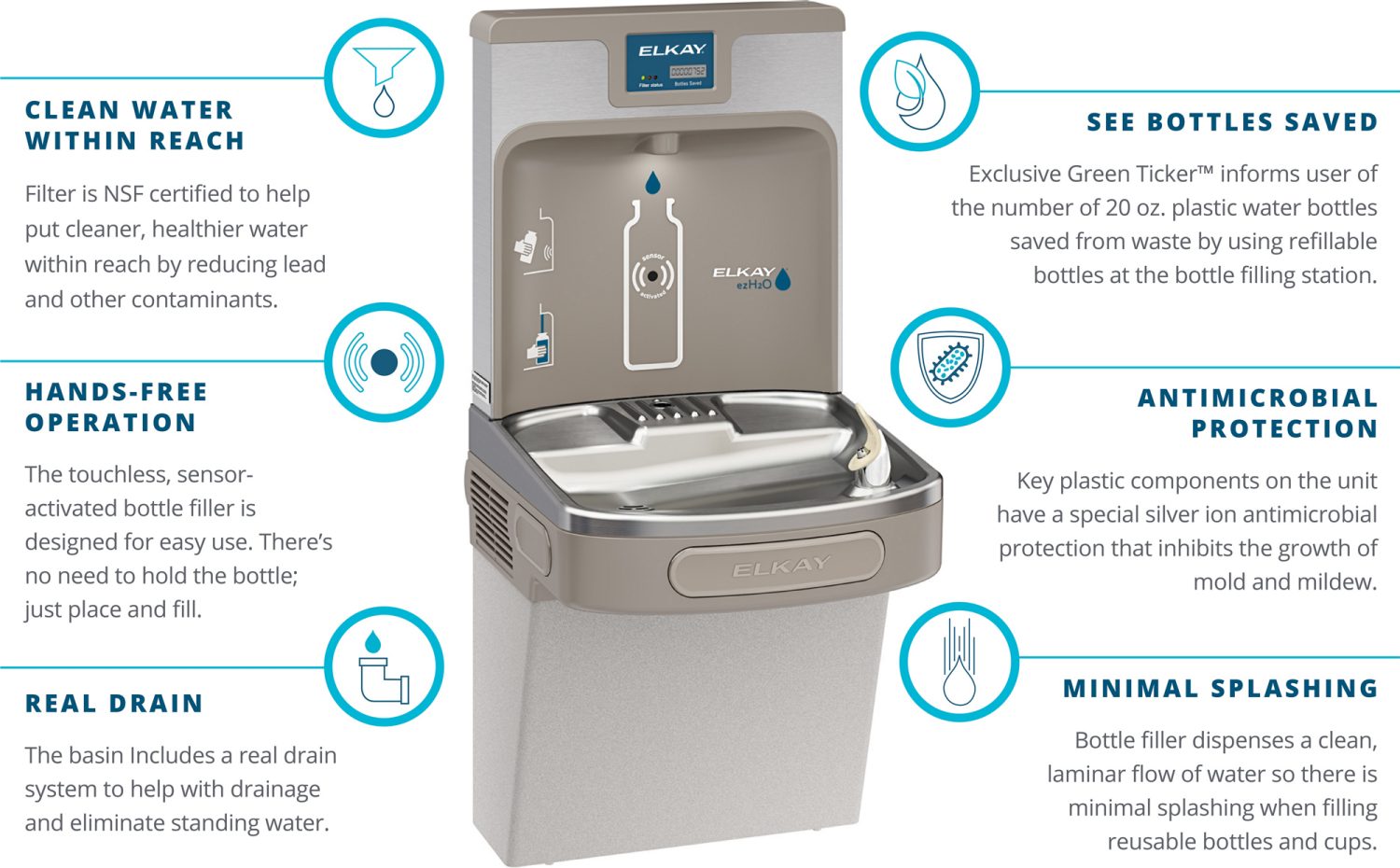
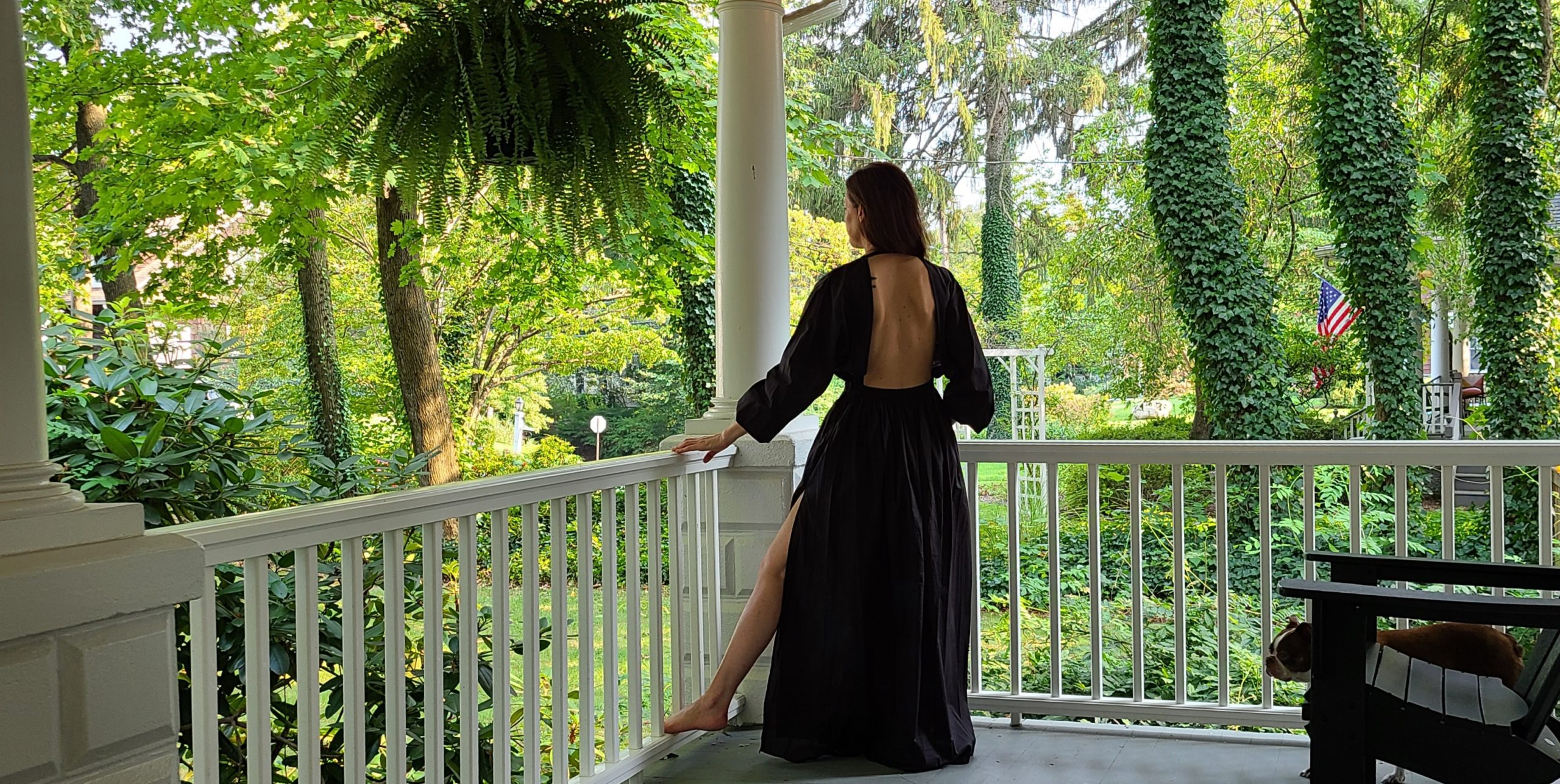

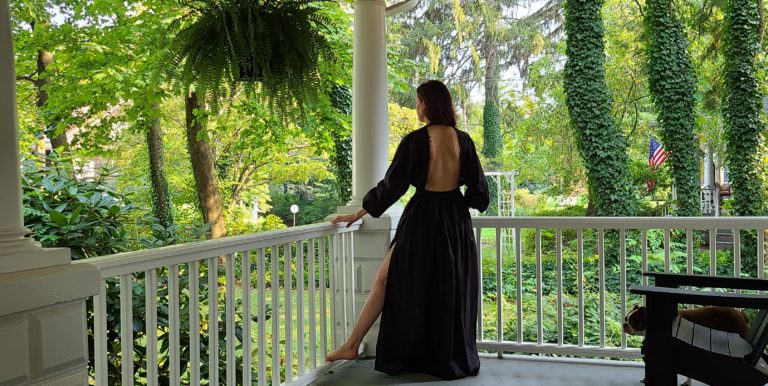

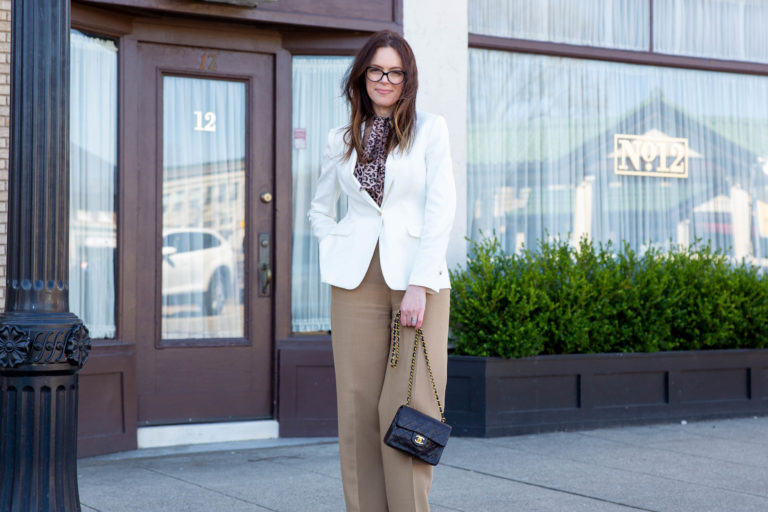
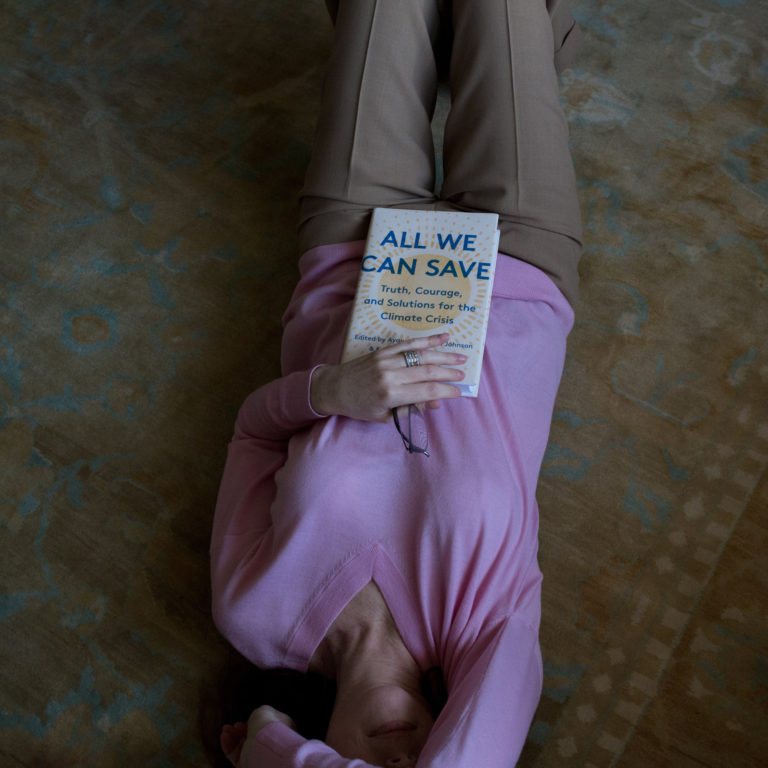
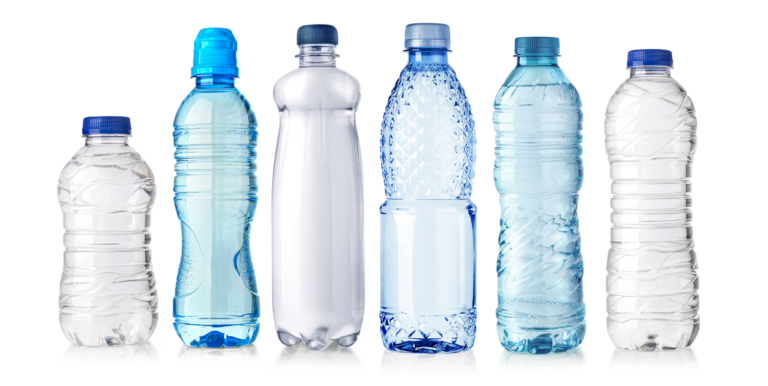
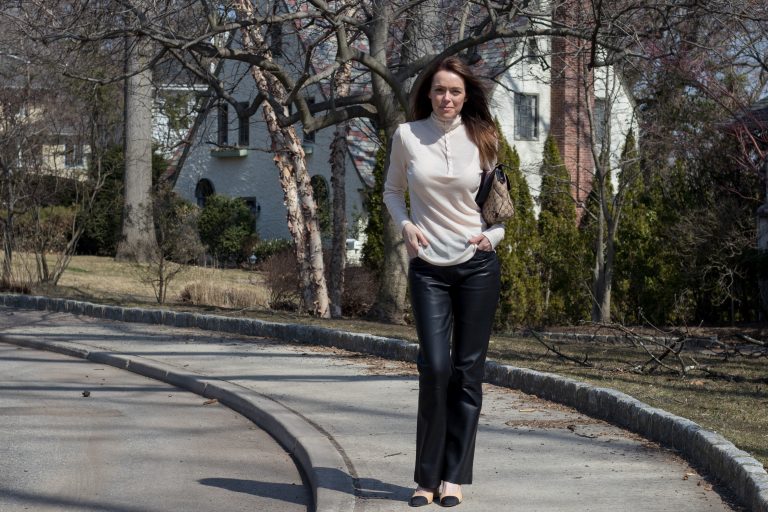

Comments ( 4 )
Elizabeth
An arresting article, Michelle. I didn’t know most of these horrifying statistics. I have an old, large plastic water bottle that I have reused hundreds of times but am going to look for a lightweight large reusable steel one instead… I drink a LOT and many reusable ones just aren’t big enough to take on a long walk. But there must be one out there….
MT
Thanks mate! Yep there are big berthas out there for hikers. Mark has a Hydroflask on his desk with a stainless steel straw for all-day hydration https://www.hydroflask.com/bottles Click on UK top right.
Jeff Carbine
I appreciate that you explained the Philadelphia Water Department estimates that buying, installing, and maintaining a water refill station will cost between $5,700 and $9,500 throughout its lifespan. My best friend is looking for some info, this should help him. I appreciate that you helped me learn more about the water station.
MT
Glad you got something out of it and thank you for taking the time to leave a comment!